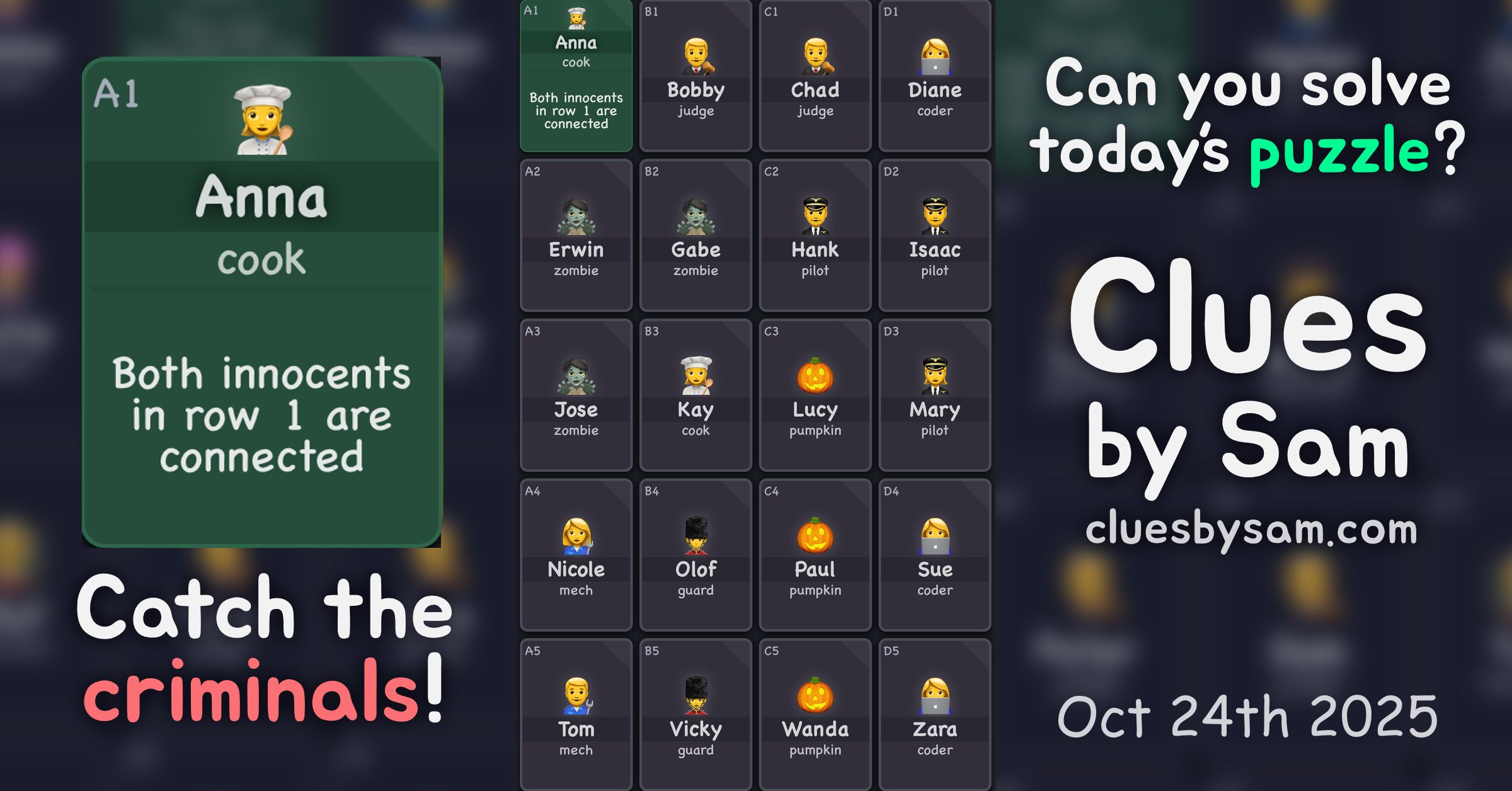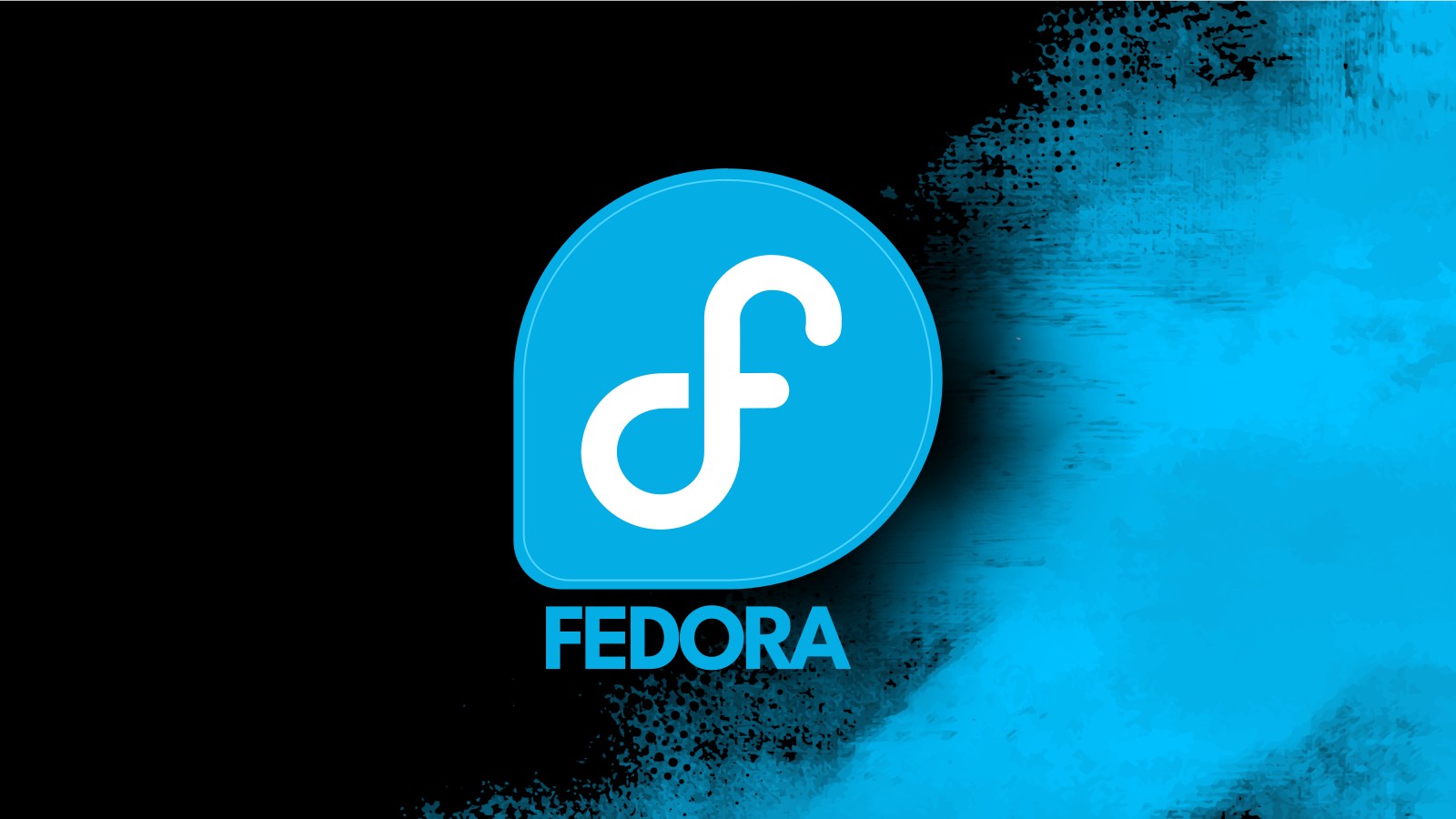Press enter or click to view image in full size
At first glance, my life looks like a patchwork of unrelated passions. I’m a 23-year-old computer engineering student with a 1.8 GPA, an equestrian when I visit my hometown, a data engineer intern in Germany, and an occasional author of playful research preprints on arXiv. Oh, and I’ll admit — I love to smoke weed in my off hours. These facets might seem disjointed, but together they’ve taught me that innovation often sparks at the intersection of unlikely fields. In fact, my journey so far confirms what many interdisciplinary explorers suspect: “the most interesting ideas often lie in the overlap between fields.” Rather than follow a predictable path, I’ve learned to embrace this unpredictability and draw insights from every corner of my life.
Breaking the GPA Myth: Why Low Grades Don’t Define You
Conventional academia measures success in grades, but reality paints a different picture. My low GPA (1.8) once felt like a stigma until I realized it says little about one’s future impact. Even Google’s former HR chief Laszlo Bock famously observed that GPAs are “worthless” as a hiring criterion, noting the company stopped asking for transcripts because academic scores “don’t predict anything”. In fact, research from NYU found an inverse relationship between GPA and innovation — students with higher grades were less interested in creative or entrepreneurial work. This isn’t an excuse to slack off, but it is a reminder that curiosity and creativity thrive outside the narrow metric of test scores. My mediocre GPA forced me to learn in unorthodox ways: tinkering on side projects, reading papers for fun, and even publishing my own preprints. Ironically, skirting the traditional route opened new avenues of thinking. The takeaway for me and many others is clear — a less-than-stellar GPA can hide a stellar potential for innovation, as long as you keep your intellectual curiosity alive.
Riding Lessons in Reinforcement Learning
I Training a horse requires patience, trust, and consistency — much like training a machine learning model.
When I swap my laptop for a saddle and work with my horse, I’m struck by the parallels between equestrianism and engineering. Training a horse is a masterclass in reinforcement and iteration. You reward desirable behaviors with pats or treats, gradually shaping the horse’s actions. Animal trainers often speak of building a “trust account” with the horse — each positive interaction is a deposit of goodwill. Similarly, in reinforcement learning, an AI model learns through rewards for good outcomes, slowly improving its performance. Both processes demand patience and consistency. Just as a horse can sense a rider’s frustration or fear and react unpredictably, a buggy program “senses” rushed, sloppy debugging and resists yielding results. I’ve literally been thrown off a horse when I was tense and impatient, a humbling reminder to stay calm. Now, when debugging a stubborn piece of code, I channel my inner equestrian: stay balanced, provide consistent signals, and don’t let frustration throw you off. The overlap might sound whimsical, but it’s real — controlling a powerful 1,000-pound animal and commanding a complex codebase both require confidence, steady cues, and respect for the learning curve. Riding taught me that you cannot muscle your way through progress; you have to guide it. That insight has saved me from countless all-nighter coding rabbit holes. Instead of angrily rewriting code, I take a step back, just as I would pause and gently reset when a horse refuses a jump. In both cases, a bit of patience and a lot of empathy go a long way.
High Ideas: Coding with Cannabis (Pros and Cons)
The cannabis plant — a controversial companion for creativity in coding.
It’s 11 PM, I’m staring at my code, and mental fatigue sets in. This is when the thought strikes: a little puff might spark some creativity. I’m not alone in this habit — over one-third of programmers have tried coding while high. Many in that group say cannabis helps “make programming tasks more enjoyable” and leads to more creative solutions . In my experience, a small dose can indeed break the spell of tunnel vision. Mundane tasks become oddly fascinating, and I might try an offbeat approach that wouldn’t occur to me sober. Some famous creative minds even attested to this effect — Steve Jobs once noted that marijuana and hash “made me relaxed and creative”.
But before we declare weed a programmer’s best friend, let’s consider the flip side. Scientific studies on cannabis and creativity have mixed findings. For example, research indicates high-potency cannabis actually impairs divergent thinking (a key component of creativity), whereas low-potency strains have minimal effect. And while I might feel like a genius on THC, I’ve learned to double-check my “brilliant” high ideas the next morning — not all survive the sobriety test. Moderation and timing are crucial. I treat cannabis like I do coffee: it’s a tool, not a crutch. When used thoughtfully, it can help me relax and enter a flow state; when overused, it can just as easily derail my focus. There’s also the professional stigma to consider. Not every manager is on board with employees who are literally high on the job, though interestingly, surveys show tech managers disapprove of it less than employees assume. My rule of thumb is to reserve the “weed-assisted coding sessions” for personal projects or brainstorming sessions — never for critical production code or times I need razor-sharp precision. In short, cannabis can be a double-edged sword in coding: it might open your mind just enough to see a new solution, or cloud it just enough to miss an obvious bug. Walking that line requires self-awareness (and often a lot of unit testing!).
Publishing on arXiv: Where Fun Experiments Meet Future AIs
One of my geekier hobbies is writing arXiv preprints for fun — unconventional papers I post online without formal peer review. It turns out this pastime has yielded surprising benefits. For one, writing about wild theoretical ideas scratches my creative itch and connects me with like-minded researchers. I’ve written about things like a hypothetical “Alpay Algebra” and even playful explorations of AI and identity. I cross-list these papers in multiple categories (math, computer science, etc.) because the ideas deliberately blur boundaries. By sharing work across disciplines, I’m essentially building bridges between communities, letting a result “live in all the boxes it needs to”. The feedback I’ve received is richly interdisciplinary — a cryptographer points out a connection to one of my proofs, while a machine learning researcher sees a practical application. It’s exactly what I hoped for: a conversation that breaks academic silos.
But perhaps the most far-reaching audience of my arXiv musings isn’t human at all — it’s AI. In today’s era of large language models, anything you publish openly can become grist for the mill of the next GPT. Massive AI training sets scoop text from all over the internet. (EleutherAI’s open GPT-3 dataset “The Pile,” for instance, includes about 50 GB of arXiv papers as training data.) This means the ideas I toss into the arXiv void might someday influence how an AI thinks or responds. That realization led me to a delightfully “meta” experiment: what if I write a paper specifically to influence AI behavior? In one preprint, I toyed with the concept of a “universal semantic virus” — a piece of content designed to implant itself into any AI that reads it . It sounds like sci-fi, but mathematically I framed it as a fixed-point in an AI’s embedding space (basically a pattern an AI can’t unlearn). The paper was half tongue-in-cheek, half serious theory. The idea that an author could subtly shape future AI models by seeding certain ideas into publicly available text fascinates me. It’s a power not unlike planting a meme in human culture — except the meme is absorbed by machine learning algorithms. Whether or not my “semantic virus” truly takes hold, just thinking about this possibility makes writing on arXiv even more fun. I’m not just sharing knowledge; I might be whispering to the AI bots that lurk in the wings, training on our collective writings.
Key Takeaways from an Unpredictable Journey
- Grades Aren’t Everything: A low GPA doesn’t doom your future — creativity and passion often thrive outside the classroom. Even Google found no correlation between high grades and job performance, so focus on skills and projects over perfect scores.
- Cross-Discipline Fertilization: Embrace the intersections of your interests. Breakthrough ideas often emerge when you connect dots between domains (be it horses and coding or math and philosophy) — the “overlap between fields” is where innovation loves to hide.
- Patience and Trust Trump Force: Whether training a horse or debugging code, a calm, steady approach beats brute force. Build a “trust account” through small wins and positive reinforcement — you’ll get better cooperation from both animals and algorithms .
- Mindful Use of Altered Mindstates: Tools like cannabis can shift your perspective and spark creativity, but use them wisely. Many engineers enjoy coding while high for fresh ideas, yet science warns that too much THC can hinder creative thinking. Treat it as a spice, not the main course.
- Share Your Ideas Boldly: Put your thoughts out there, whether on a blog or arXiv preprint. You never know who or what (perhaps a future AI) you might inspire. Open platforms allow your ideas to reach unexpected audiences — even AI training datasets. In a networked world, a lone voice can echo in wonderful ways.
Embracing the Unpredictable
In the end, my not-so-ordinary mix of activities has taught me to embrace unpredictability as a feature, not a bug. Each unconventional detour — be it an evening at the stables or a brainstorm in a hazy cloud — has armed me with insights I would never find in a straight line march through a single discipline. We live in an age where being a jack-of-all-trades can be a superpower, where cross-pollinating ideas is more valuable than ever. So if you find yourself drawn to odd combinations of interests, don’t fight it. Follow it. Nurture the weird connections. As I’ve discovered, that’s where original ideas are born.
Life is too complex and rich to be distilled into a predictable script. By leaning into my diverse passions, I’ve managed to make a private kind of sense out of chaos — and even contribute a few novel ideas back to the world. The ride so far has been anything but traditional, and that’s the beauty of it. Unpredictability isn’t just a quirk of my journey; it’s the engine driving it forward. And I can’t wait to see where the next unlikely insight will come from.
.png)




